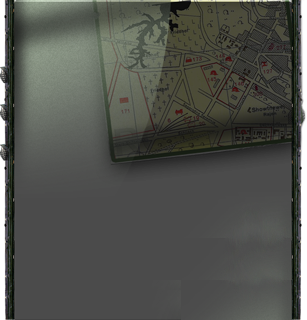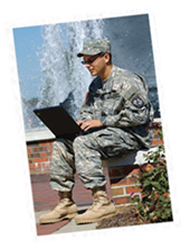







Interaction
With the advancement of electronic and computer technologies in the mid-twentieth century, opportunities for students to partake in distance learning began to increase, and even with what would now be considered antiquated technology, such as video and audio lectures, communicating and interacting with other course participants became possible. Michael Moore’s (1989) writings on distance learning have become foundational in the field of online learning. Moore has been documenting changes in distance education for over thirty years. In his early writings, Moore suggested that an instructor of a distance education course is vital to participant interaction.
Over twenty years later, Moore and Greg Kearsley (1996) continued the emphasis on the instructor’s importance in distance education. In their book, Distance Education: A Systems View, the authors acknowledged challenges that instructors face in what Moore termed distance teaching. Moore and Kearsley recognized that distance education teachers often struggle with (1) not being able to receive or provide immediate feedback in courses, (2) having their success be dependent on their technological capabilities, and (3) identifying ways to support distance students both motivationally and personally.
Almost 25 years after Moore (1989) stressed the importance of interaction, there is still not consensus in the field on a definition of the term. Rather than providing a definition, many authors and researchers refer to Moore's typology of interactions. As a practitioner, Moore recognized three types of interactions in classes taught at a distance: learner-content interaction, learner-instructor interaction, and learner-learner interaction. Moore argued for the import of each of these types of interaction during an online course as well as the instructor's responsibilities in creating an environment in which these forms of interaction may occur.
Even today, in online instruction, Moore’s (1989) emphasis on the instructor’s role in relation to the presence of interaction in the course has persisted. In their conceptual system titled Engagement Theory, Kearsley and Ben Shneiderman (1999) suggested that in order for student engagement to occur, instructors must actively involve students in learning activities by promoting interaction with other participants within the online course. One might define interaction in the context of distance education as an exchange of resources, whether personal or content related, between two or more participants within an online course, which may or may not result in the construction of new knowledge.